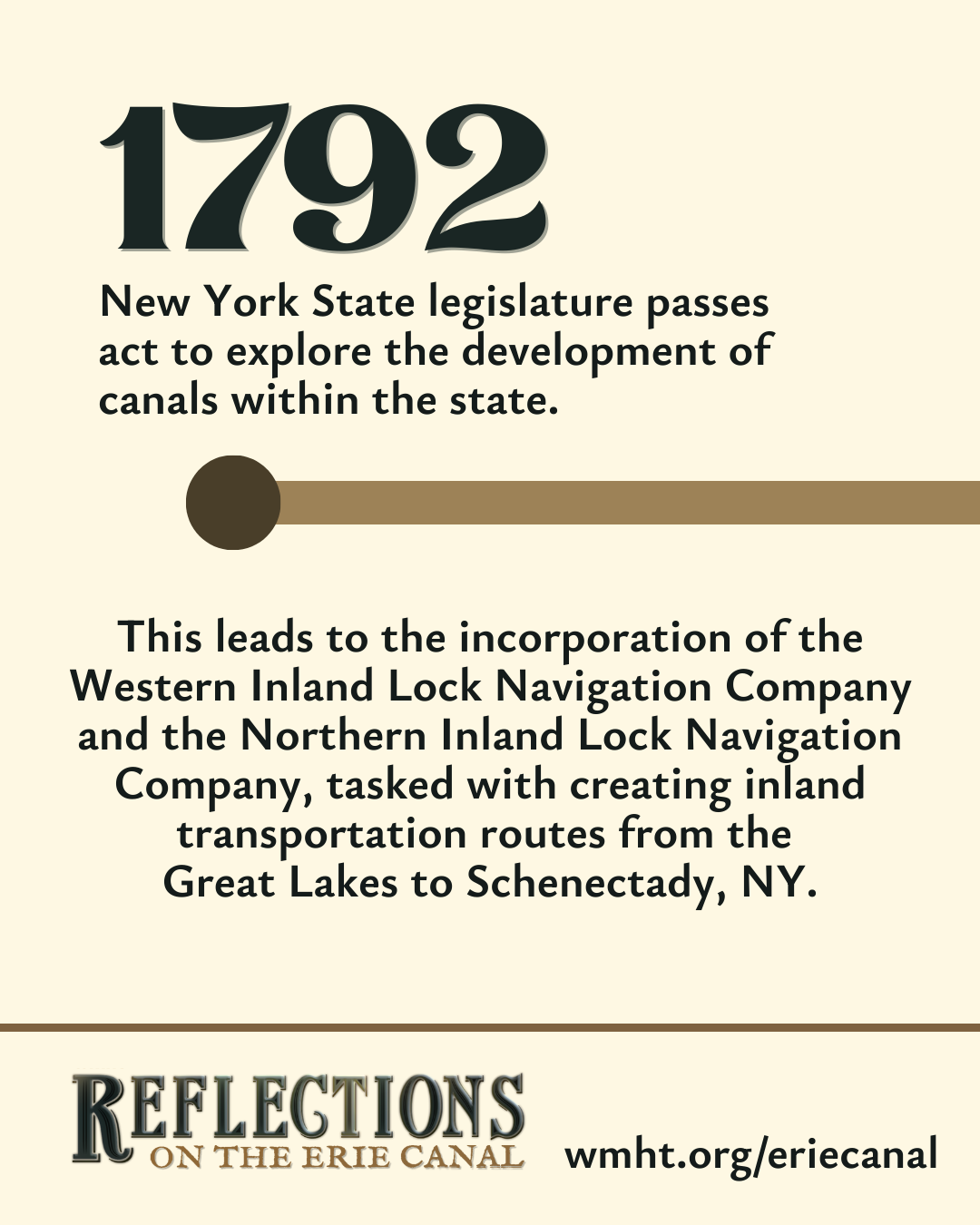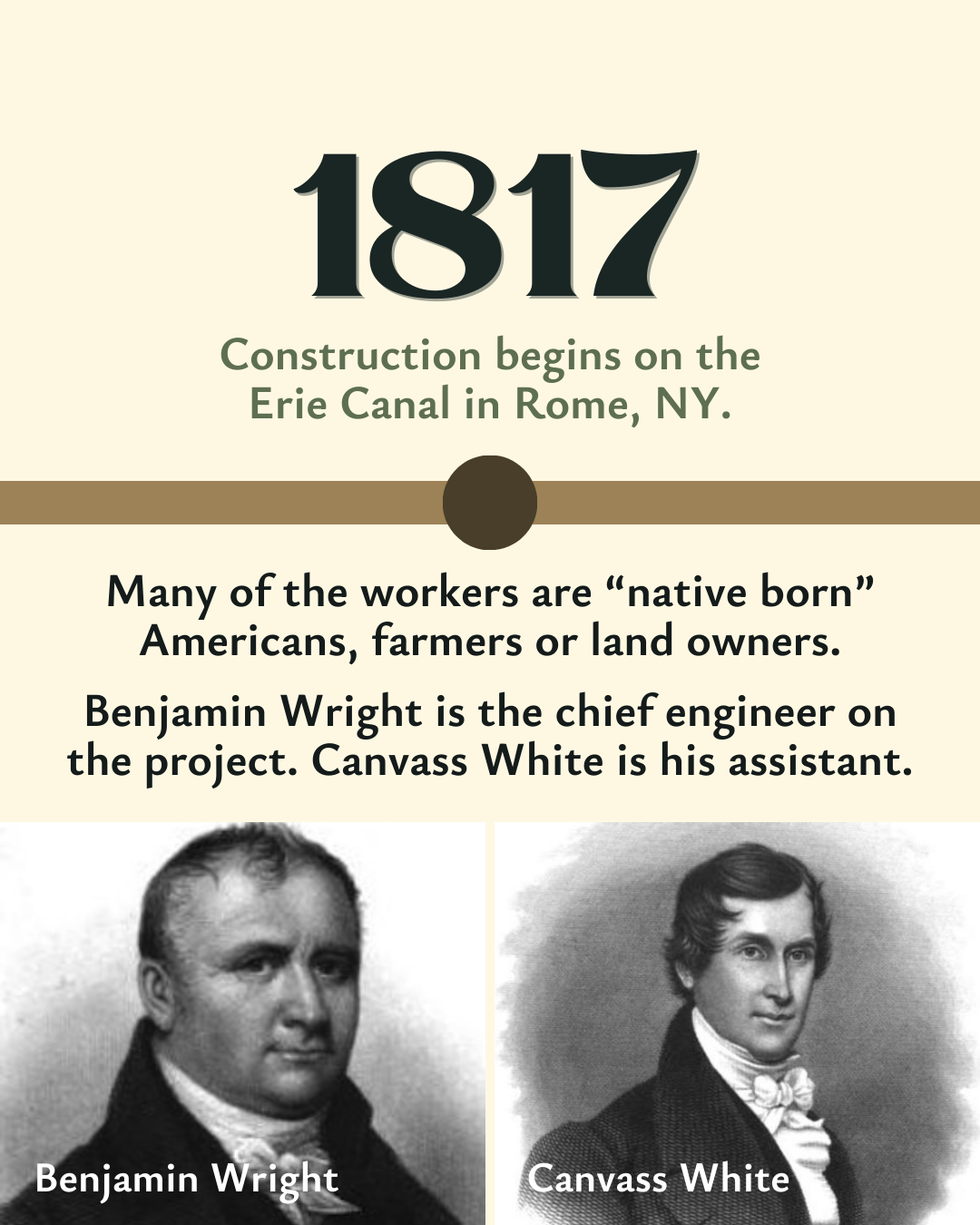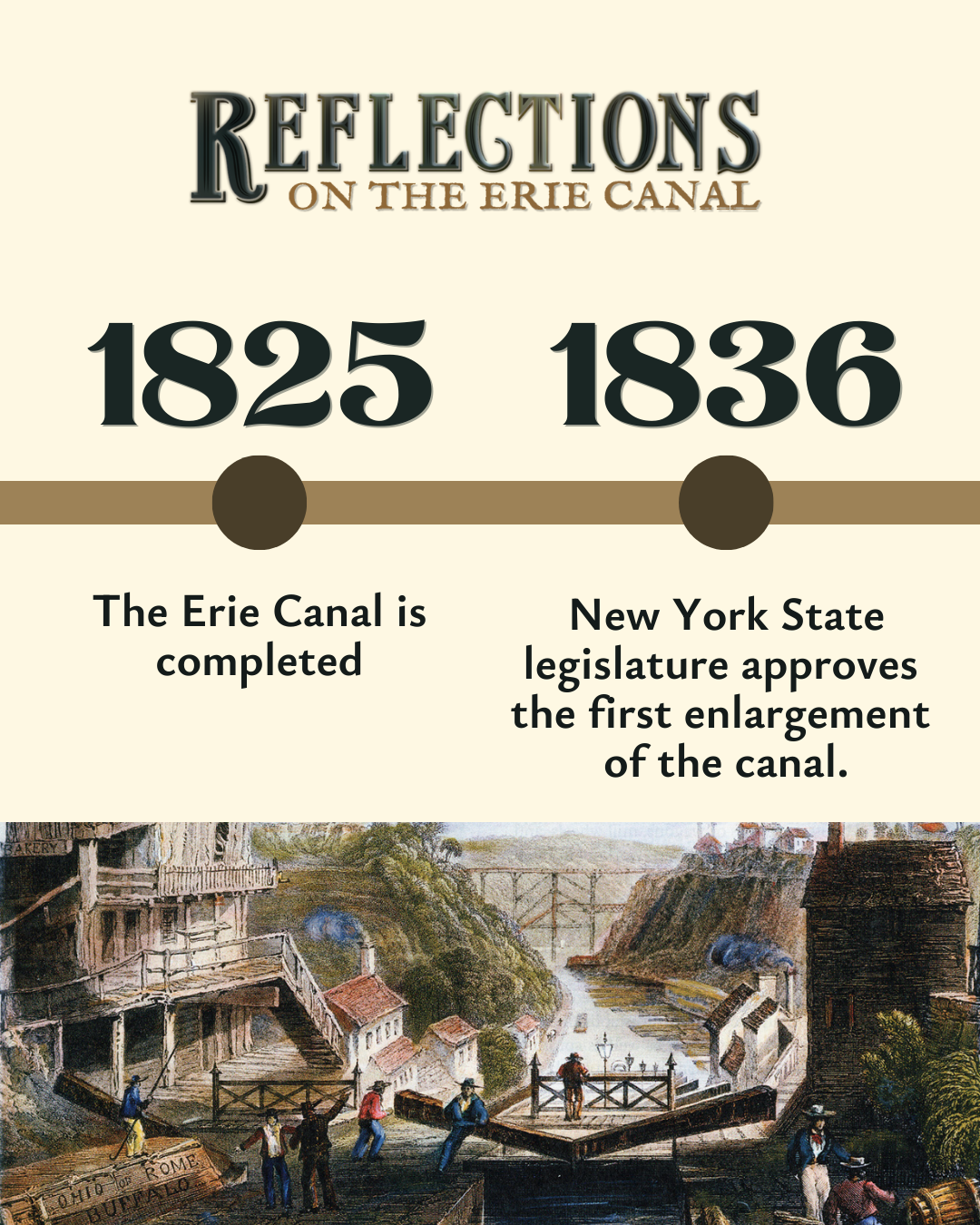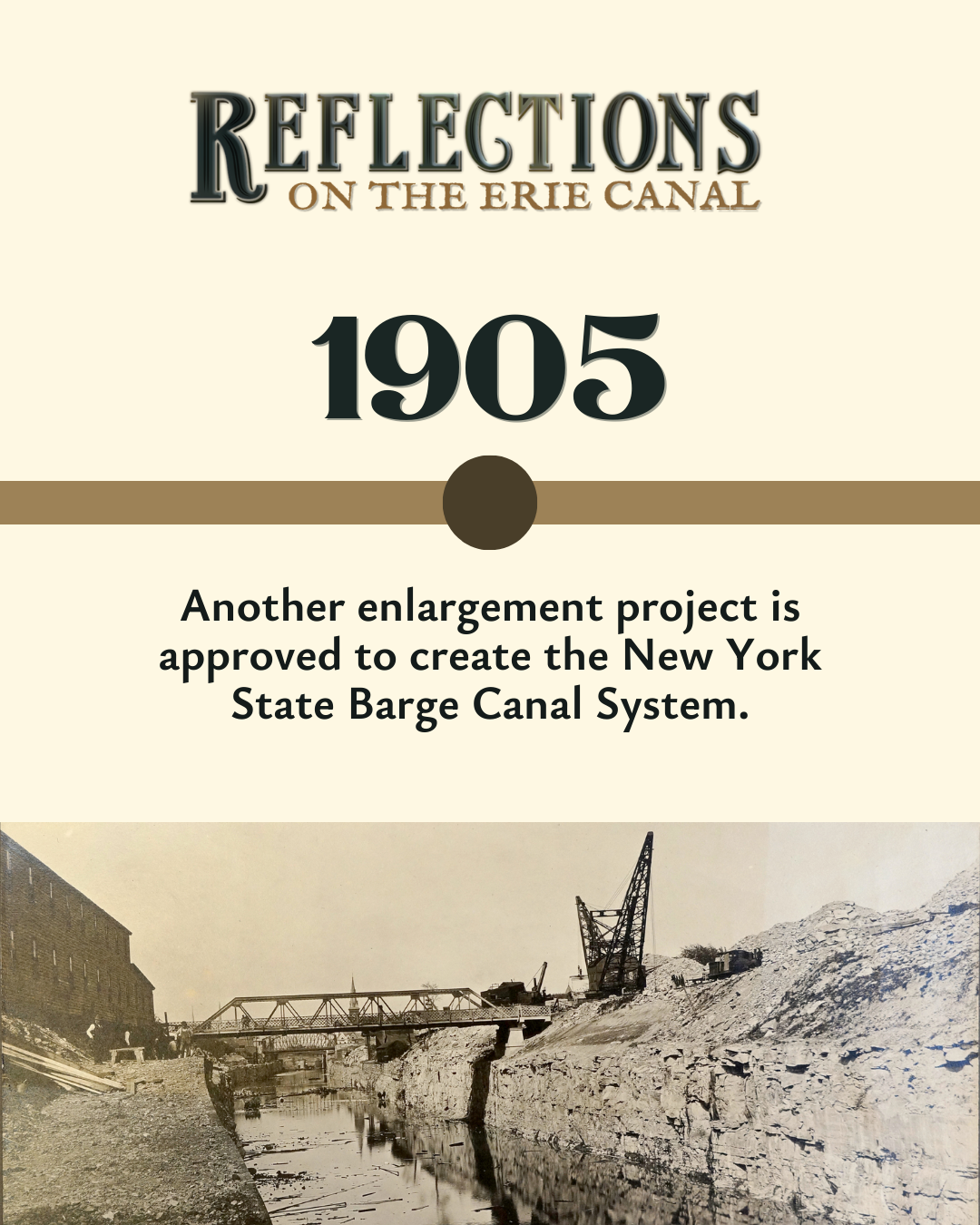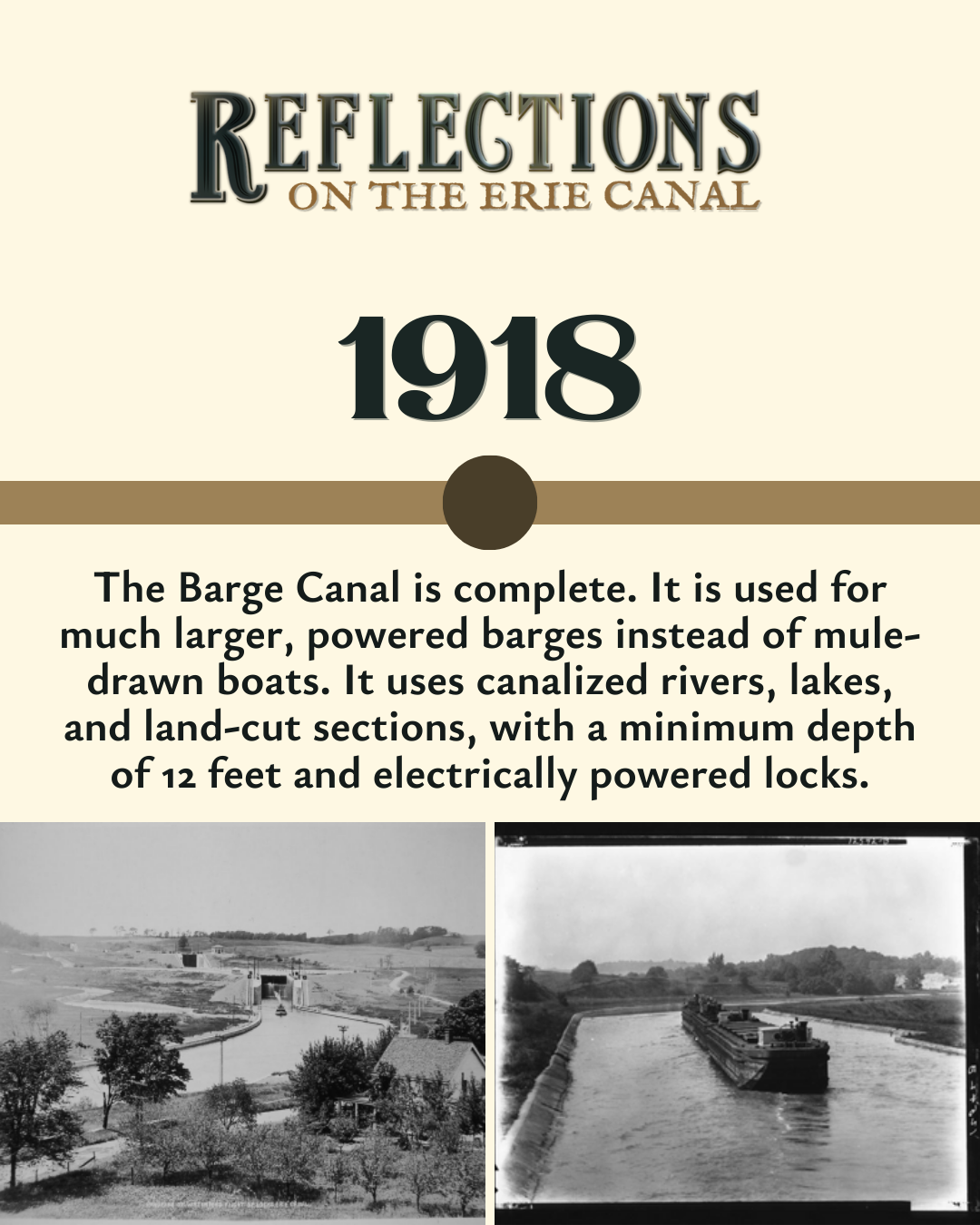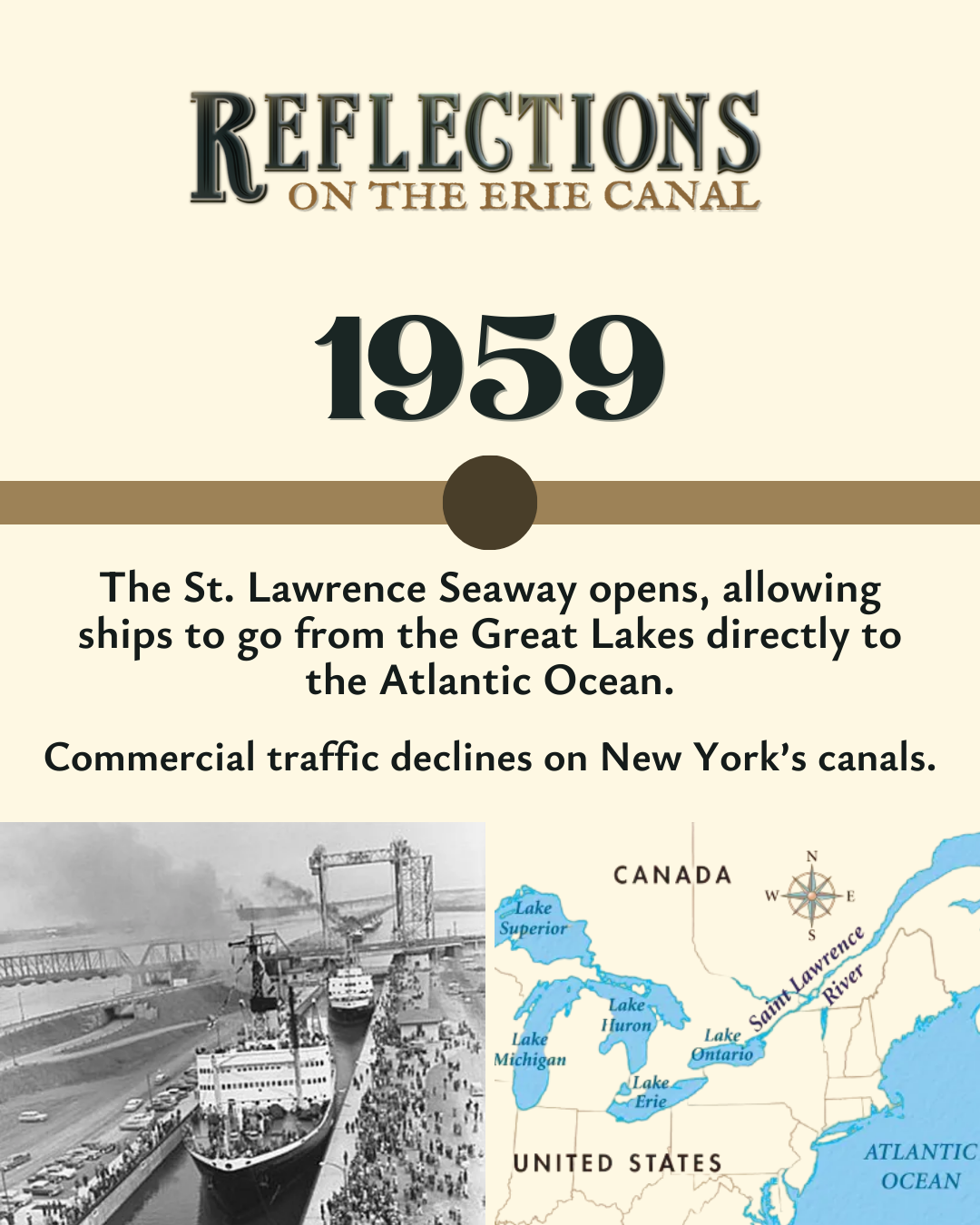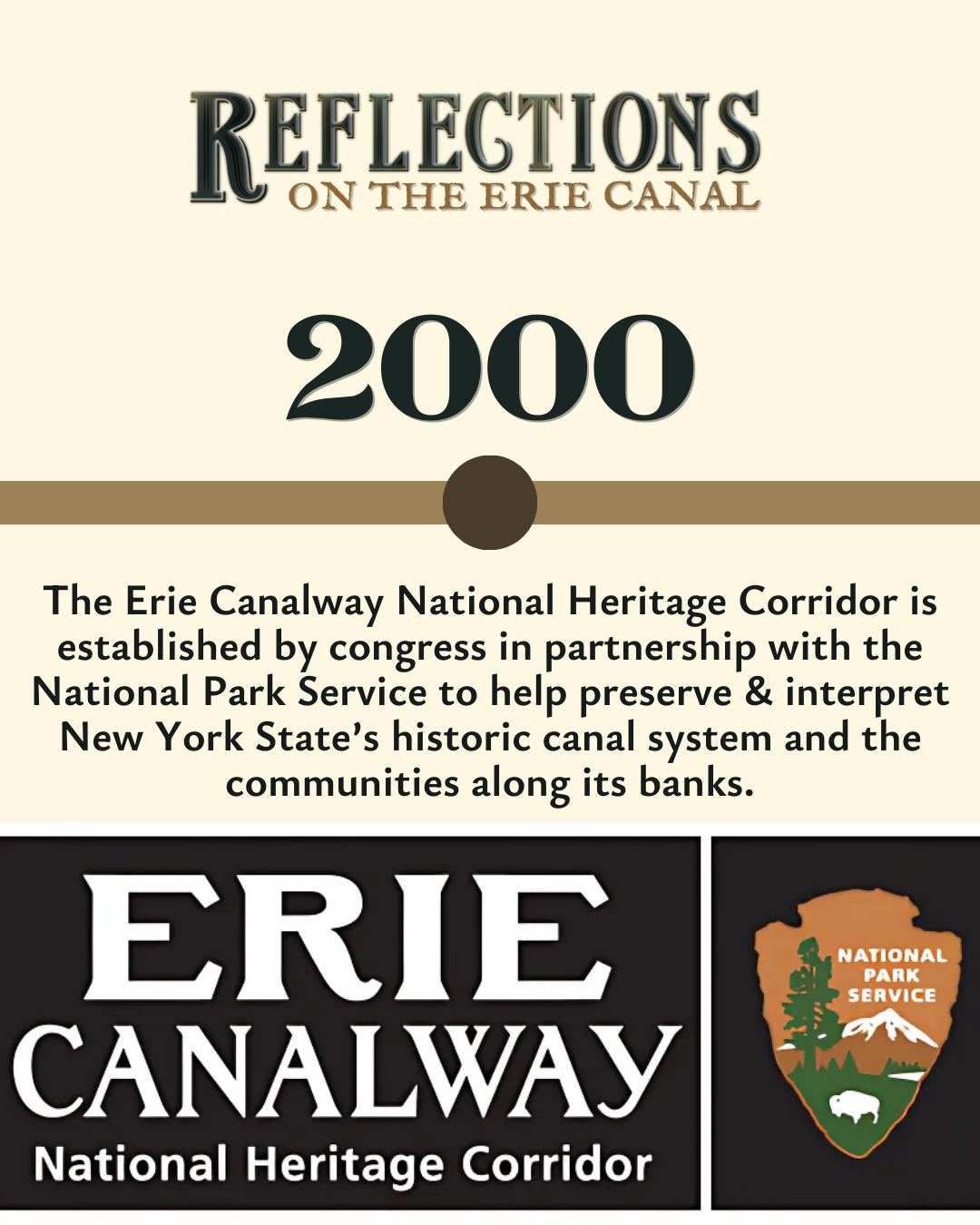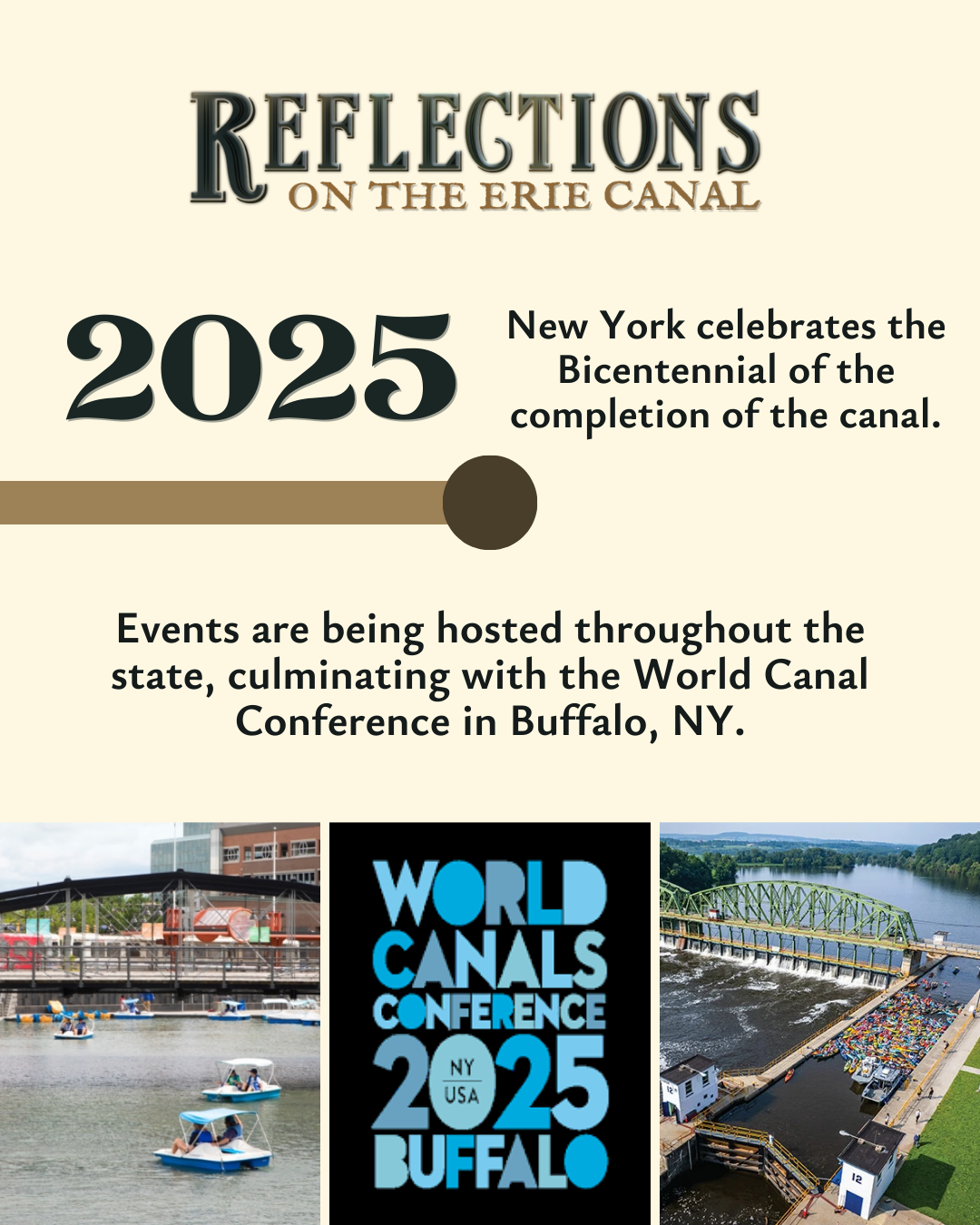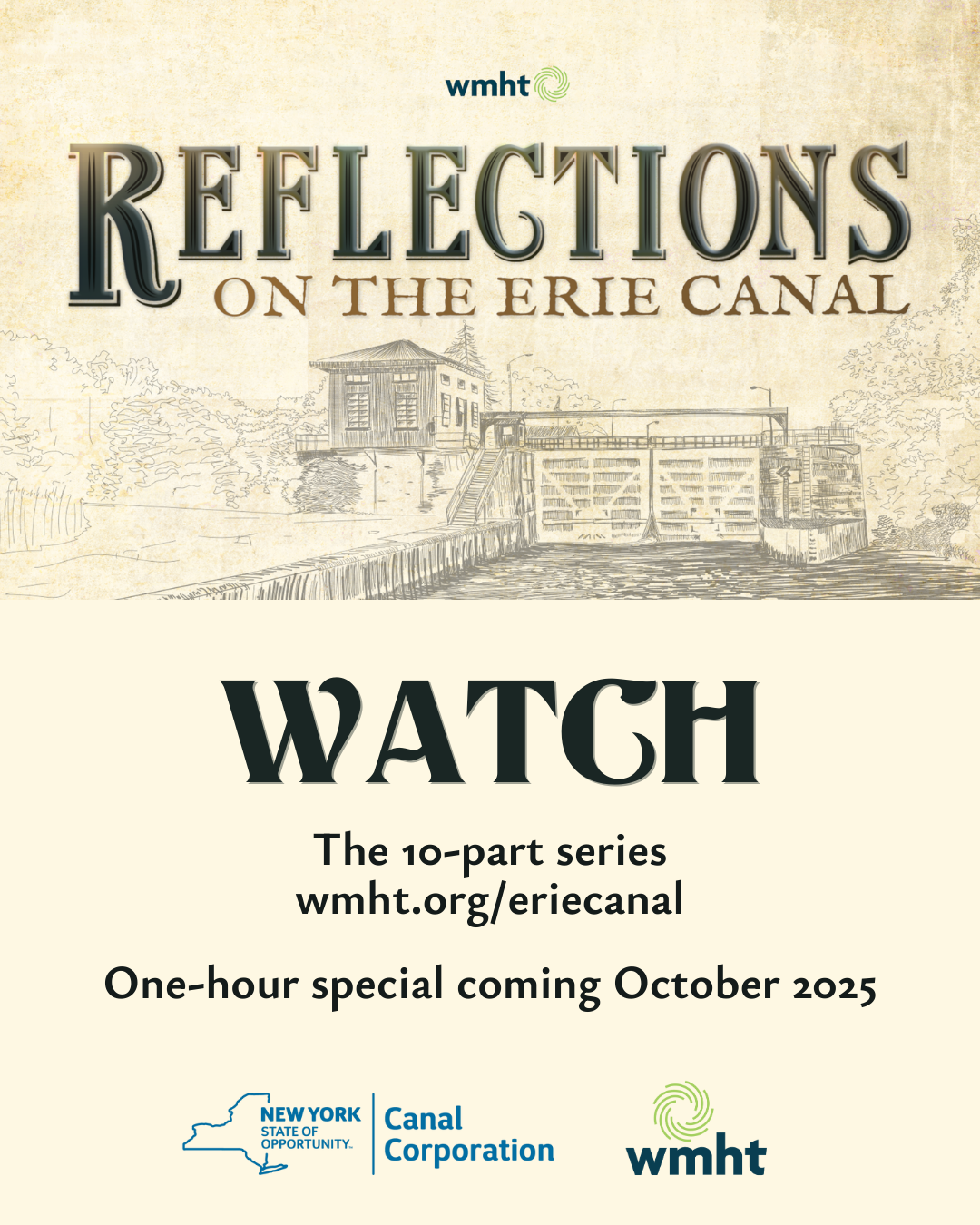Documentary Series
Reflections on the Erie Canal
Stories of the waterway that built New York—told through film, music, and the people who keep its legacy alive.
- Episodes
- 12+
- Historic timeline
- 1825 → Today
- Teacher resources
- Lesson plans
- Plan a visit
- Museums & locks

Funding for Reflections on the Erie Canal is provided by the New York State Canal Corporation.
Documentary
Reflections on the Erie Canal — Full Documentary
Experience the full story of the canal that transformed New York and connected a nation.
Reflections on the Erie Canal: Digging Deeper
Digging Deeper — Preview
The Canal That Sparked America’s Engineering Revolution
This is How New York Maintains The Erie Canal
Show More Episodes
The Erie Canal's Lasting Impact on Haudenosaunee Land
How Artists Are Documenting the Erie Canal Through Photography
How Freedom Seekers Used the Erie Canal to Escape Slavery
We Took a Kayak into a Giant Erie Canal Lock!
What Happens When a Historic Waterway Inspires a Modern Symphony?
See How This Canal Became Accessible for Everyone!
You’ve Never Heard Erie Canal History Told Like This
The Seneca Chief Sets Sail Again — 200 Years Later
Inside the Craft of Handmade Tugboat Fenders
How a Small Fish Could Threaten Lake Champlain’s Economy
Experience the Best of Waterford Harbor's Tugboat Roundup
Shorts
Why This Canal Boat Is Starting Big Conversations
218 Volunteers Built This Erie Canal Boat by Hand
She Built a Mini Canal Museum in Her Backyard
The Surprising Connection Between The Erie Canal and Classical Music
Erie Canal's Game Changing Accessibility Initiatives
Show More Shorts
How Locks Raise Boats on the Erie Canal
Unique Ways of Capturing the Erie Canal Through Photography
The Erie Canal Was a Secret Underground Railroad Route to Freedom
The Dark Side of the Erie Canal Most People Never Learned
Why Was The Erie Canal A Betrayal To Native Americans?
Erie Canal Professionals Reveal Their Maintenance Process
The Untrained Engineers Who Built America’s Greatest Canal
About the Documentary
Explore the past, present and future of the Erie Canal on its bicentennial anniversary.
In 1825, the state of New York inaugurated a monumental economic engine — the Erie Canal. Born from an audacious ambition to secure financial power and seal New York’s status as the Empire State, the canal was a triumph of engineering and determination. Two hundred years later, the human-made thread crossing the state of New York from west to east has a much broader legacy that deserves definition and exploration.
While many New Yorkers are familiar with the origin story of the Erie Canal, there remain untold stories from the time of the canal’s birth. From the people who built the canal to the Indigenous communities disrupted by it, the canal revolutionized a nation still yearning to harness its potential and establish its identity. The canal unleashed a powerful movement — of people, ideas, materials, wealth, and innovation.
Today, the singular historic purpose of the canal has been replaced by a broader significance. Together, the Erie, Champlain, Oswego, and Cayuga-Seneca canals span 524 miles and serve communities in ways unimaginable to their creators. New York’s canals are a source of community, recreation, a habitat for wildlife, and a resource to mitigate the impacts of a changing climate. The infrastructure of the canals also exists as a historic monument in need of maintenance and reinvestment.
In Reflections on the Erie Canal, we look back on the two-hundred-year journey of the Erie Canal and contemplate its future.
Broadcast Schedule
All stations and regions · Times in local format
PBS LearningMedia Resources
Explore classroom-ready digital resources that connect history, science, and engineering concepts through the story of the Erie Canal.
Additional Resources
Explore more organizations, exhibits, and initiatives celebrating the Erie Canal’s past, present, and future.
Timeline of the Erie Canal
A look back on two centuries of transformation, innovation, and community along New York’s canals.
